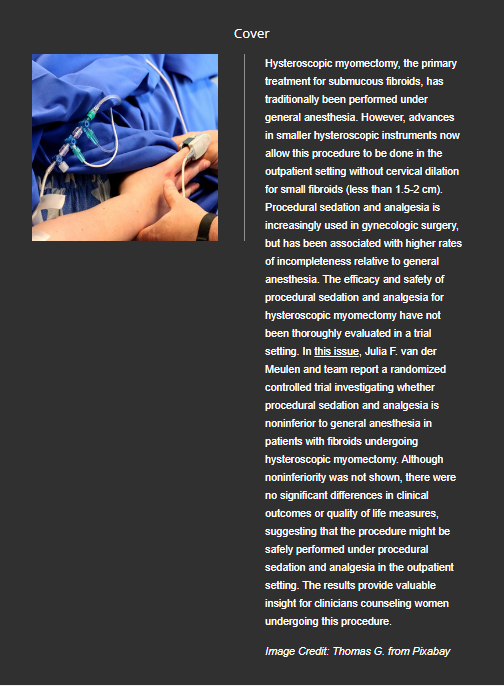Potential impact of annual vaccination with reformulated COVID-19 vaccines: Lessons from the US COVID-19 scenario modeling hub.
IF 15.8
1区 医学
Q1 Medicine
引用次数: 0
Abstract
BACKGROUND Coronavirus Disease 2019 (COVID-19) continues to cause significant hospitalizations and deaths in the United States. Its continued burden and the impact of annually reformulated vaccines remain unclear. Here, we present projections of COVID-19 hospitalizations and deaths in the United States for the next 2 years under 2 plausible assumptions about immune escape (20% per year and 50% per year) and 3 possible CDC recommendations for the use of annually reformulated vaccines (no recommendation, vaccination for those aged 65 years and over, vaccination for all eligible age groups based on FDA approval). METHODS AND FINDINGS The COVID-19 Scenario Modeling Hub solicited projections of COVID-19 hospitalization and deaths between April 15, 2023 and April 15, 2025 under 6 scenarios representing the intersection of considered levels of immune escape and vaccination. Annually reformulated vaccines are assumed to be 65% effective against symptomatic infection with strains circulating on June 15 of each year and to become available on September 1. Age- and state-specific coverage in recommended groups was assumed to match that seen for the first (fall 2021) COVID-19 booster. State and national projections from 8 modeling teams were ensembled to produce projections for each scenario and expected reductions in disease outcomes due to vaccination over the projection period. From April 15, 2023 to April 15, 2025, COVID-19 is projected to cause annual epidemics peaking November to January. In the most pessimistic scenario (high immune escape, no vaccination recommendation), we project 2.1 million (90% projection interval (PI) [1,438,000, 4,270,000]) hospitalizations and 209,000 (90% PI [139,000, 461,000]) deaths, exceeding pre-pandemic mortality of influenza and pneumonia. In high immune escape scenarios, vaccination of those aged 65+ results in 230,000 (95% confidence interval (CI) [104,000, 355,000]) fewer hospitalizations and 33,000 (95% CI [12,000, 54,000]) fewer deaths, while vaccination of all eligible individuals results in 431,000 (95% CI: 264,000-598,000) fewer hospitalizations and 49,000 (95% CI [29,000, 69,000]) fewer deaths. CONCLUSIONS COVID-19 is projected to be a significant public health threat over the coming 2 years. Broad vaccination has the potential to substantially reduce the burden of this disease, saving tens of thousands of lives each year.每年接种重新配制的 COVID-19 疫苗的潜在影响:美国 COVID-19 情景建模中心的经验教训。
背景科罗纳病毒病 2019(COVID-19)继续在美国造成大量住院和死亡病例。其持续负担和每年重新配制疫苗的影响仍不清楚。在此,我们提出了在 2 种可信的免疫逃逸假设(每年 20% 和每年 50%)和疾病预防控制中心对使用每年重新配制的疫苗的 3 种可能建议(无建议、65 岁及以上人群接种疫苗、根据 FDA 批准所有符合条件的年龄组接种疫苗)下未来 2 年美国 COVID-19 住院人数和死亡人数的预测。方法和结果:COVID-19 情景建模中心征集了 2023 年 4 月 15 日至 2025 年 4 月 15 日期间在 6 种情景下 COVID-19 的住院和死亡预测,这 6 种情景代表了所考虑的免疫逃逸和疫苗接种水平的交叉点。假定每年重新配制的疫苗对每年 6 月 15 日流行毒株的无症状感染有效率为 65%,并于 9 月 1 日上市。假定推荐人群的特定年龄和州覆盖率与第一次(2021 年秋季)COVID-19 强化接种的覆盖率一致。8 个建模团队对各州和全国的预测结果进行了汇总,以得出每种情景的预测结果以及在预测期内因接种疫苗而导致的疾病结果的预期减少量。据预测,从 2023 年 4 月 15 日到 2025 年 4 月 15 日,COVID-19 将导致每年 11 月到次年 1 月达到流行高峰。在最悲观的情况下(高免疫逃逸,不建议接种疫苗),我们预计将有 210 万人(90% 预测区间 (PI) [143.8 万,427 万])住院,20.9 万人(90% 预测区间 (PI) [13.9 万,46.1 万])死亡,超过流感和肺炎流行前的死亡率。在高免疫逃逸情景下,为 65 岁以上人群接种疫苗可减少 230,000 例(95% 置信区间 [104,000, 355,000] )住院病例和 33,000 例(95% 置信区间 [12,000, 54,000] )死亡病例,而为所有符合条件的人接种疫苗可减少 431,000 例(95% 置信区间:264,000-598,000)住院病例和 49,000 例(95% 置信区间 [29,000, 69,000] )死亡病例。结论COVID-19 预计将在未来两年内对公共健康构成重大威胁。广泛接种疫苗有可能大大减轻这种疾病的负担,每年挽救数万人的生命。
本文章由计算机程序翻译,如有差异,请以英文原文为准。
求助全文
约1分钟内获得全文
求助全文
来源期刊

PLoS Medicine
MEDICINE, GENERAL & INTERNAL-
CiteScore
17.60
自引率
0.60%
发文量
227
审稿时长
4-8 weeks
期刊介绍:
PLOS Medicine is a prominent platform for discussing and researching global health challenges. The journal covers a wide range of topics, including biomedical, environmental, social, and political factors affecting health. It prioritizes articles that contribute to clinical practice, health policy, or a better understanding of pathophysiology, ultimately aiming to improve health outcomes across different settings.
The journal is unwavering in its commitment to uphold the highest ethical standards in medical publishing. This includes actively managing and disclosing any conflicts of interest related to reporting, reviewing, and publishing. PLOS Medicine promotes transparency in the entire review and publication process. The journal also encourages data sharing and encourages the reuse of published work. Additionally, authors retain copyright for their work, and the publication is made accessible through Open Access with no restrictions on availability and dissemination.
PLOS Medicine takes measures to avoid conflicts of interest associated with advertising drugs and medical devices or engaging in the exclusive sale of reprints.
 求助内容:
求助内容: 应助结果提醒方式:
应助结果提醒方式:


